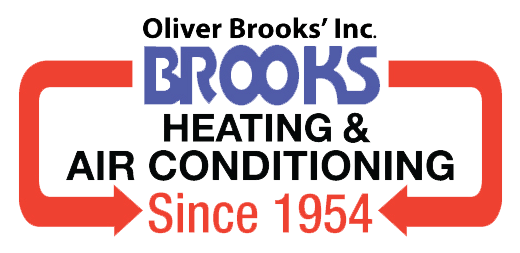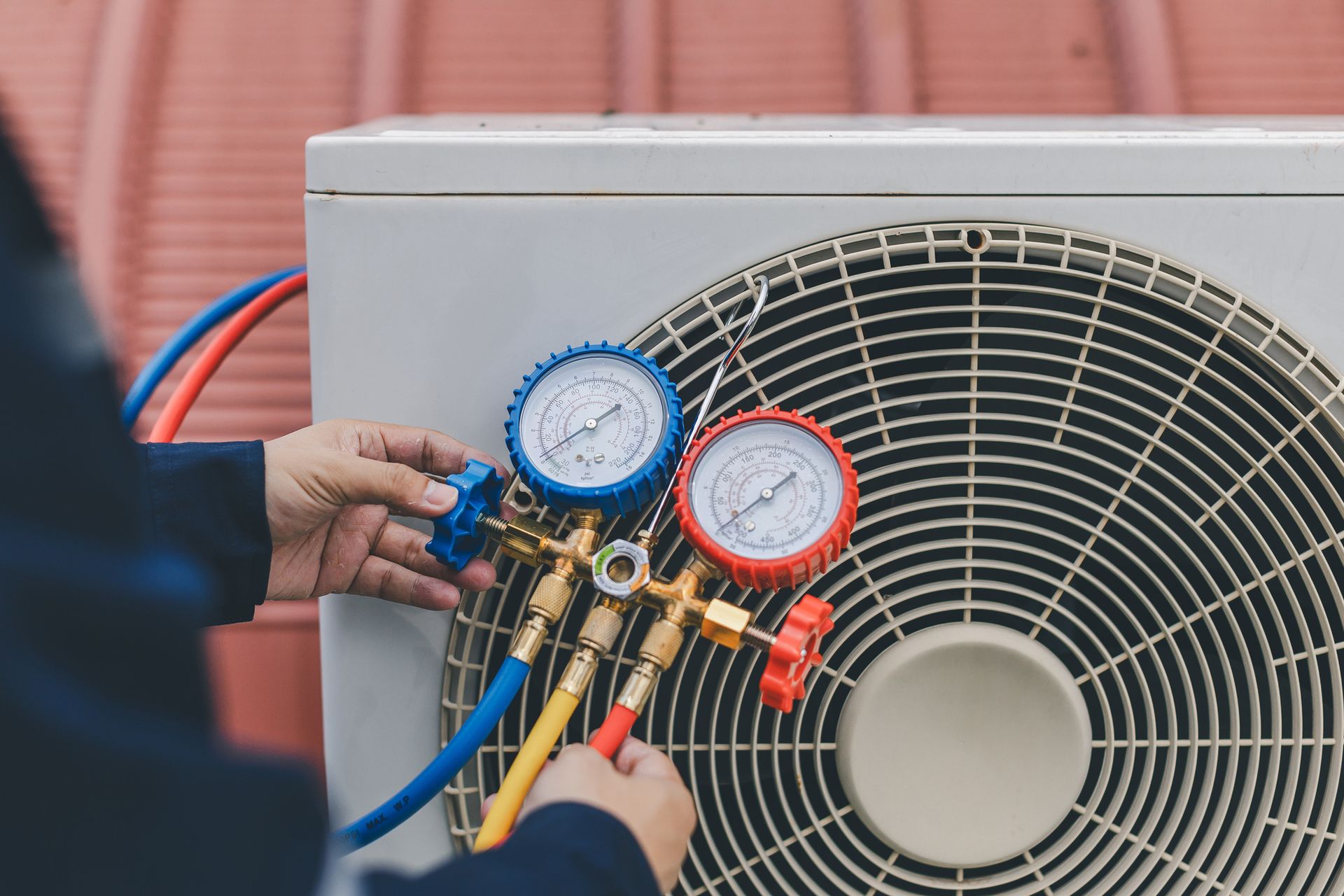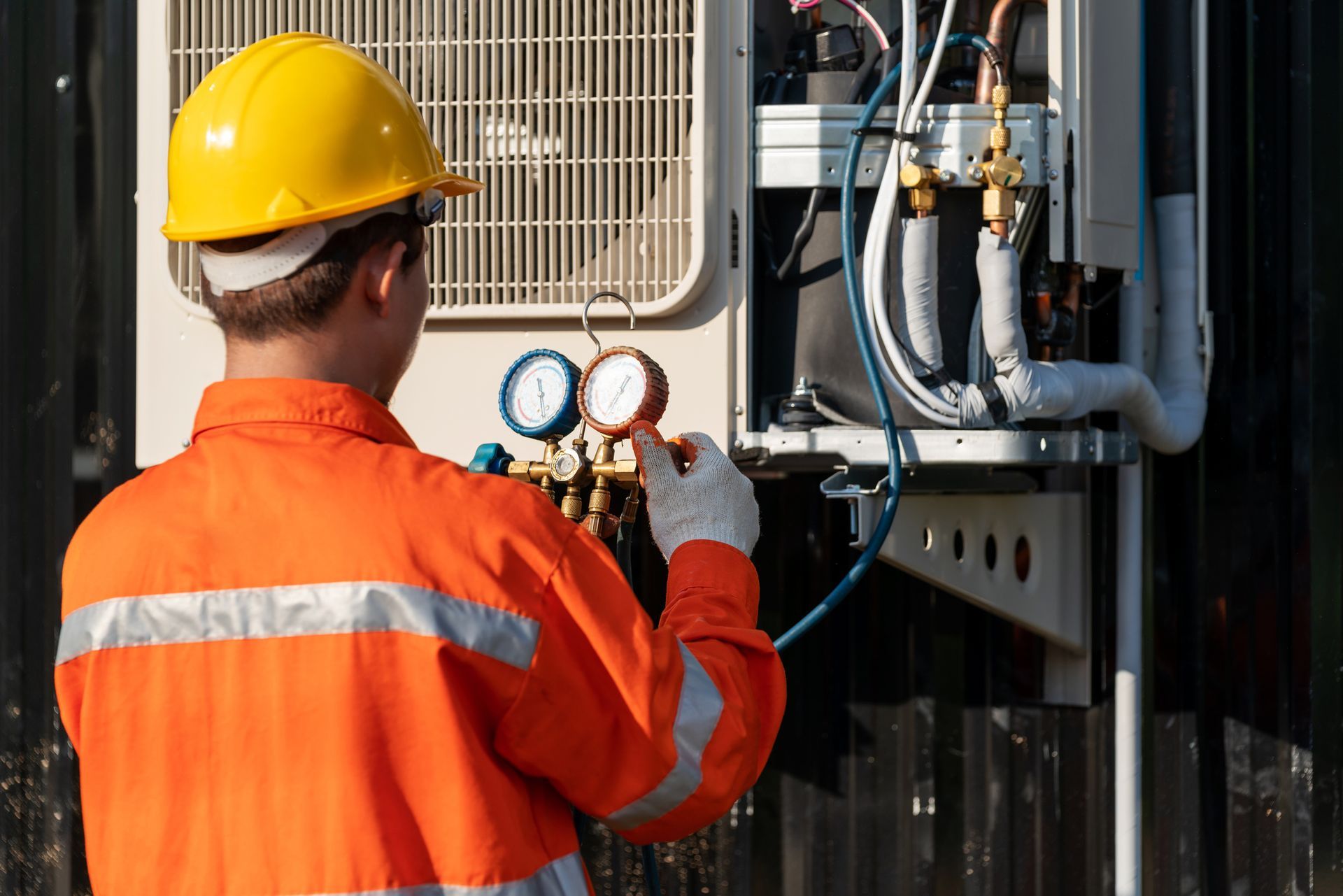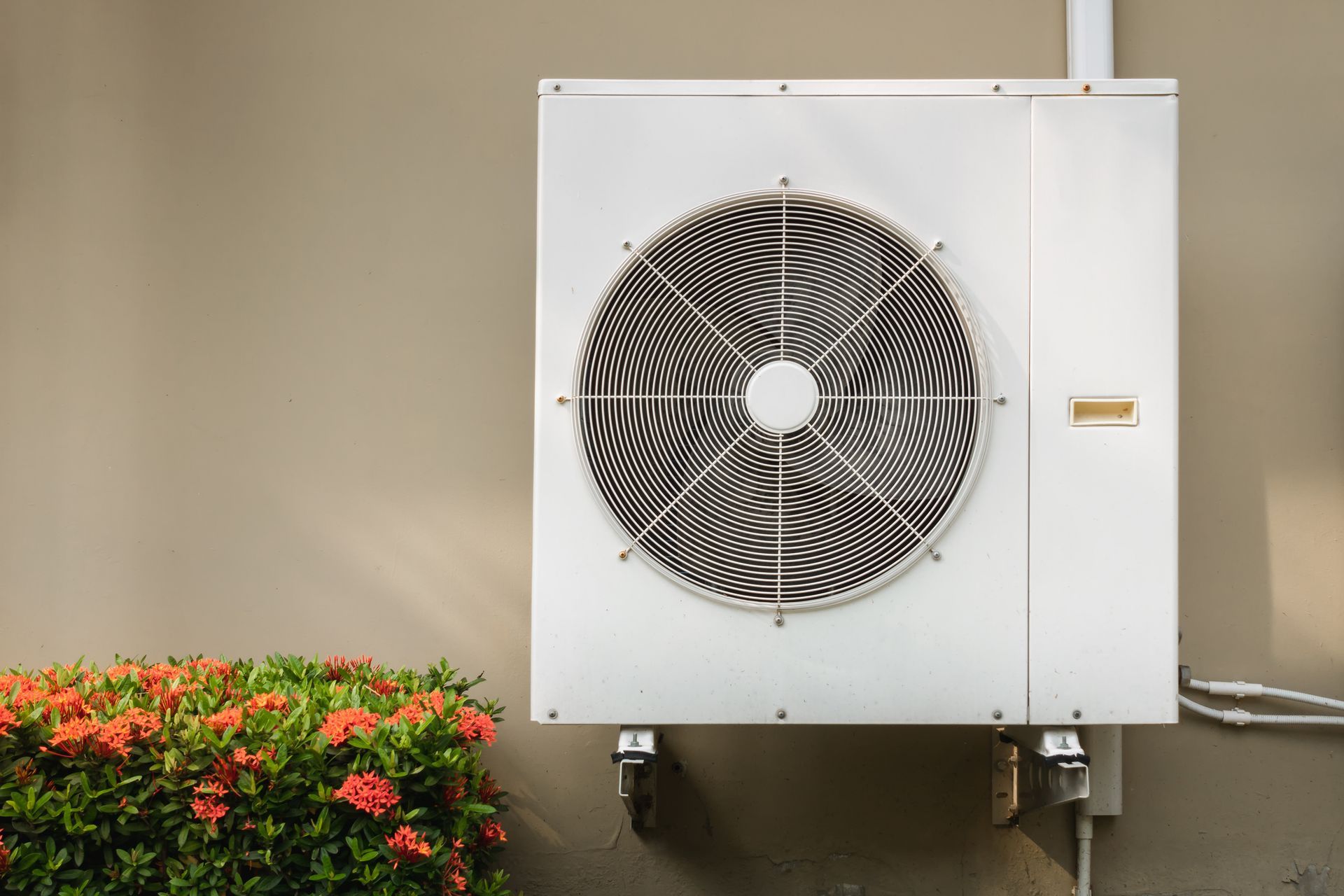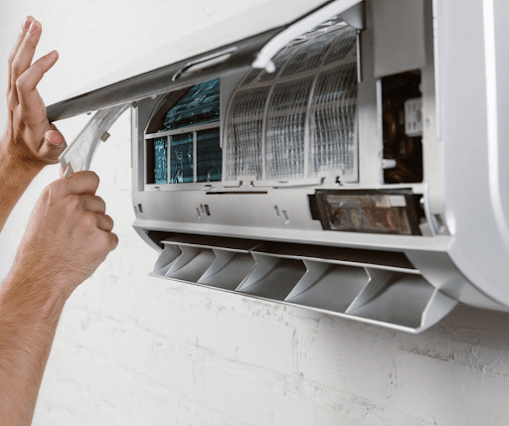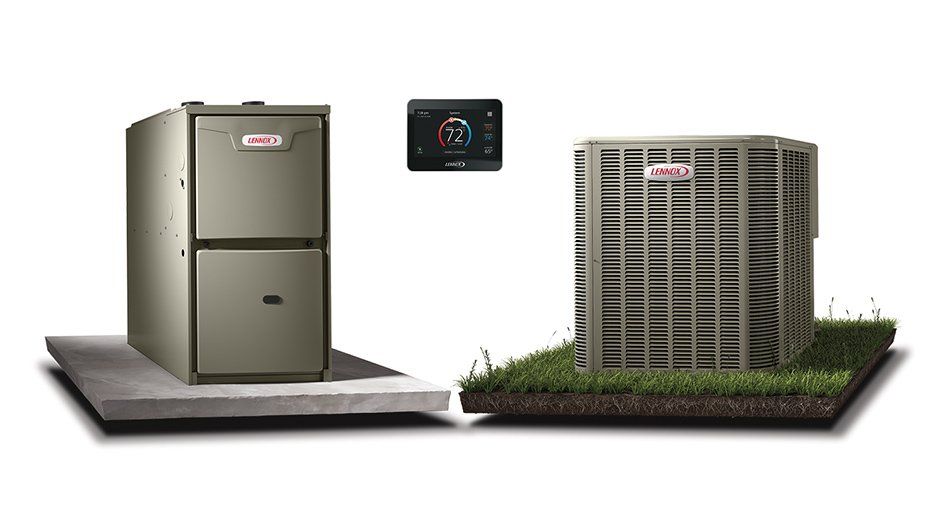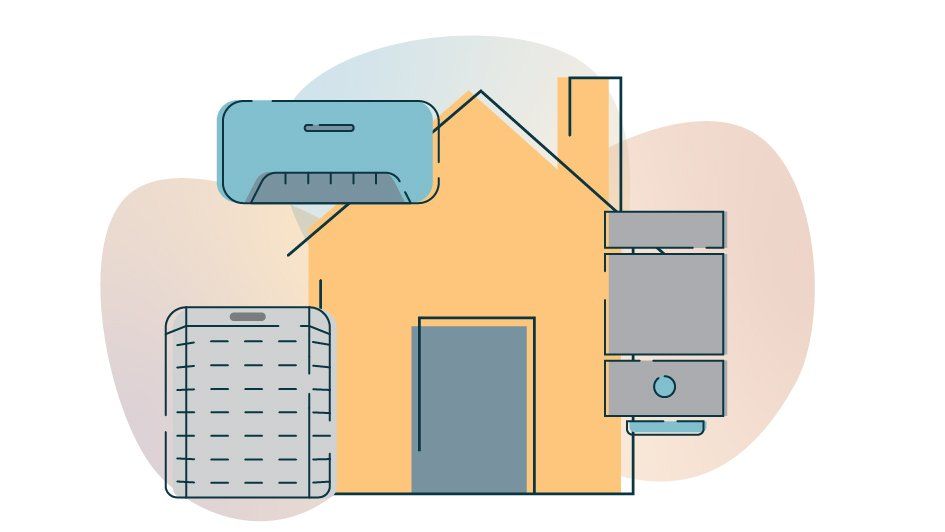Our Pros Answer Your Questions About Carbon Monoxide
Furnaces burn fuel like oil and natural gas to produce heat for your home. As a complication of this process, carbon monoxide is produced. Carbon monoxide is a common and hazardous gas that can result in all sorts of health and breathing problems. Fortunately, furnaces are built with flue pipes that vent carbon monoxide safely outside of the house. But when a furnace malfunctions or the flue pipes are cracked, CO could get into your house.
While quality furnace repair in Bossier City can take care of carbon monoxide leaks, it's also crucial to know the warning signs of CO poisoning. You should also set up carbon monoxide detectors inside bedrooms, kitchens and hallways close by these rooms. We'll share more facts about carbon monoxide so you can make a plan to keep you and your family healthy.
What Is Carbon Monoxide?
Carbon monoxide is a gas consisting of one carbon molecule and one oxygen molecule. When something such as wood, coal or natural gas ignites, carbon monoxide is created. It usually scatters over time since CO gas weighs less than air. But when your home or furnace doesn’t have sufficient ventilation, carbon monoxide can reach higher concentrations. What's more, one of the reasons it's viewed as a hazardous gas is because it has no color, odor or taste. Levels may increase without someone noticing. This is why it's crucial to have a carbon monoxide detector in your home. A CO detector is capable of identifying the presence of CO and warning your family using the alarm system.
What Creates Carbon Monoxide in a House?
Carbon monoxide is produced when any kind of fuel is combusted. This may include natural gas, propane, oil, wood and coal. Natural gas is especially commonplace due to its availability and inexpensive price, making it a well-known source of household CO emissions. Apart from your furnace, many of your home's other appliances that require these fuels may emit carbon monoxide, like:
- Water heaters
- Stoves
- Ovens
- Fireplaces
- Wood stoves
- Hot tubs
- and more
Like we mentioned above, the carbon monoxide a furnace produces is ordinarily released safely outside of your home via the flue pipe. In fact, most homes don't have to worry about carbon monoxide problems due to the fact that they possess adequate ventilation. It's only when CO gas is contained in your home that it passes concentrations high enough to induce poisoning.
What Can Carbon Monoxide Do to the Body?
Once carbon monoxide gas is in your lungs, it can attach to the hemoglobin in your blood cells. This stops oxygen from binding to the blood cells, disrupting your body's capacity to transport oxygen throughout the bloodstream. So even if there's enough oxygen in a room, your body wouldn't be able to utilize it. Insufficient oxygen impacts every part of the body. If you're subjected to hazardous quantities of CO over a long period of time, you could experience the following symptoms:
- Headache
- Dizziness
- Nausea
- Vomiting
- Fatigue
- Shortness of breath
At even steeper levels, the complications of carbon monoxide poisoning are even more severe. In high enough concentrations, it's capable of becoming fatal. Symptoms include things like chest pain, confusion, agitation, seizures and unconsciousness.
These symptoms (particularly the less dangerous signs) are easily mistaken for the flu because they're so generalized. But if you have multiple family members suffering from symptoms concurrently, it might be evidence that there's CO gas in your home. If you suspect you are suffering from CO poisoning, exit the house right away and contact 911. Medical professionals can ensure your symptoms are treated. Then, get in touch with a certified technician to inspect your furnace and HVAC ventilation system. They will identify where the gas is coming from.
How to Remove Carbon Monoxide
Once a technician has confirmed there's carbon monoxide in your house, they'll find the source and seal off the leak. It could be any of your fuel-burning appliances, so it may take a bit of time to find the exact spot. Your technician can look for soot or smoke stains and other signs of carbon monoxide. In the meantime, here's what you can do to minimize CO levels in your home:
- Verify that your furnace is correctly vented and that there aren't any obstructions in the flue pipe or anywhere else that would trap carbon monoxide gas in your home.
- Keep doors open between rooms whenever you use appliances that produce carbon monoxide, such as fireplaces, stoves or ovens, to increase ventilation.
- Never use a gas stove or oven to heat your home. These appliances would need to run constantly, needlessly consuming energy and placing heavy strain on them.
- Don't burn charcoal inside your home. Not only will it create a mess, but it's also a source of carbon monoxide.
- Don't use fuel-powered generators, pressure washers or other gas-powered tools in enclosed spaces.
- If you own a wood-burning fireplace, make sure the flue is open when in use to enable carbon monoxide to vent out of the house.
- Take care of routine furnace maintenance in Bossier City. A broken or faulty furnace is a common source of carbon monoxide problems.
- Most importantly, install carbon monoxide detectors. These useful alarms notice CO gas much faster than humans will.
How Many Carbon Monoxide Detectors Do I Need?
It's crucial to place at least one carbon monoxide detector on every level of your home, as well as the basement. Prioritize bedrooms and other spaces further away from the exits. This gives people who were sleeping sufficient time to get out. It's also a smart idea to install carbon monoxide alarms near sources of CO gas, like your kitchen stove or your water heater. Finally, particularly large homes should think about installing additional CO detectors for consistent coverage of the entire house.
Let's say a home has three floors, along with the basement. With the above guidelines, you should install three to four carbon monoxide alarms.
- One alarm could be set up close to the furnace and/or water heater.
- The second alarm can be placed close to the kitchen.
- While the third and fourth alarms could be installed near or in bedrooms.
Professional Installation Lowers the Risk of Carbon Monoxide
Preventing a carbon monoxide leak is always more beneficial than fixing the leak after it’s been discovered. One of the best ways to avoid a CO gas leak in your furnace is by leaving furnace installation in Bossier City to certified specialists like Brooks Heating and Air Conditioning. They recognize how to install your chosen make and model to ensure optimal efficiency and minimal risk.

